New Jersey put into effect a single bag ban in 2022 which resulted in a decline of 60% in total plastic bag volume. This would seem like a major win for the environmental causes it supports, right? Not so fast…
According to a study from Freedonia Group, the shift to ‘alternative bags’ has led to a 3x INCREASE in plastic consumption. Something doesn’t quite add up.
Why More Plastic but Less Plastic Bags?
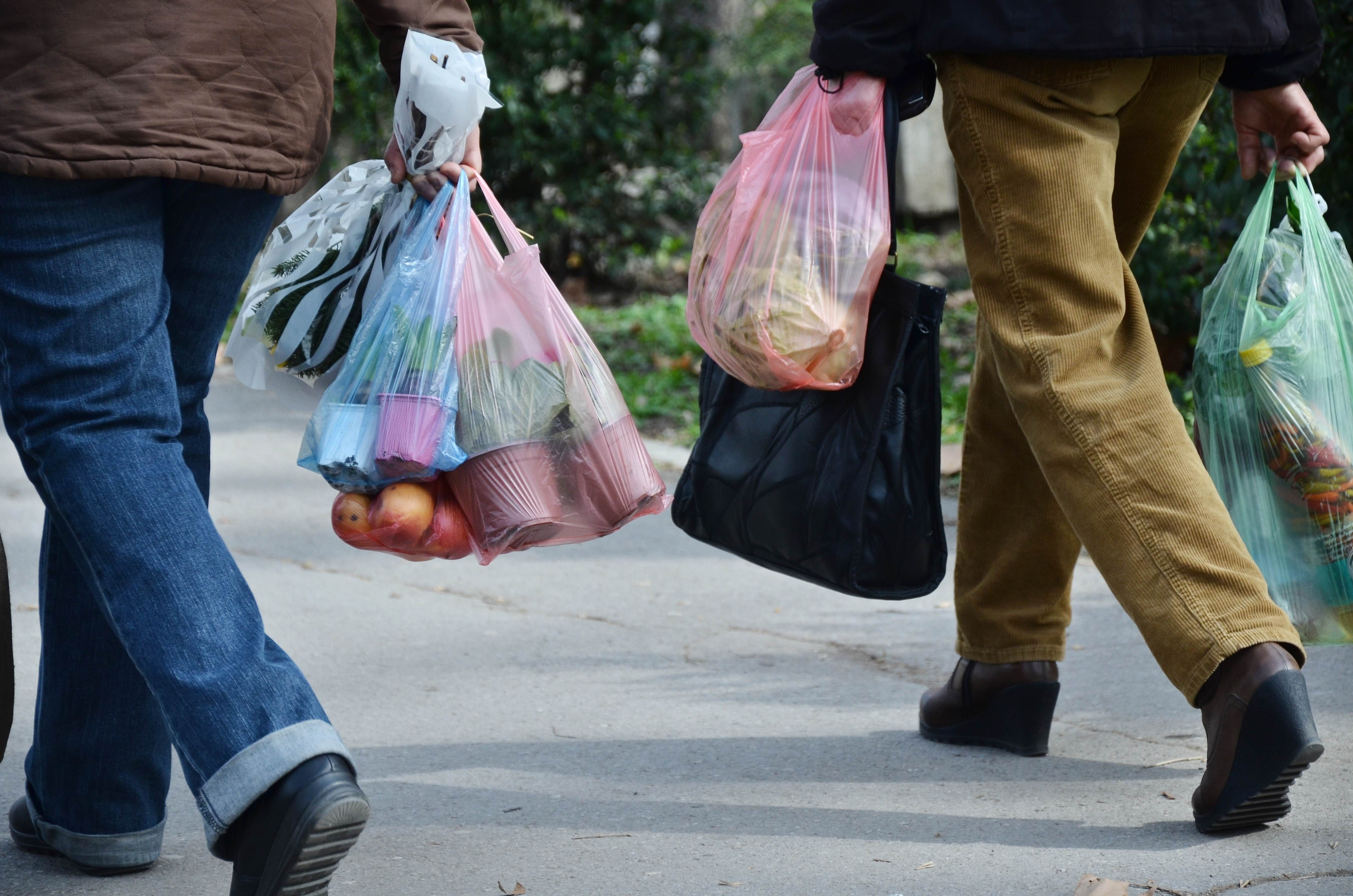
The main culprit here is that most alternative bags are made from something called non-woven polypropylene which we don’t recycle and has increased greenhouse gas emissions. There is a major economic upside to the change, however harmful it may be to the environment.
The creation of the alternative bags is a problem and counterproductive to the proposed goals of the single use bag ban in New Jersey. So what is the upside?
Purpose of a Bag Ban
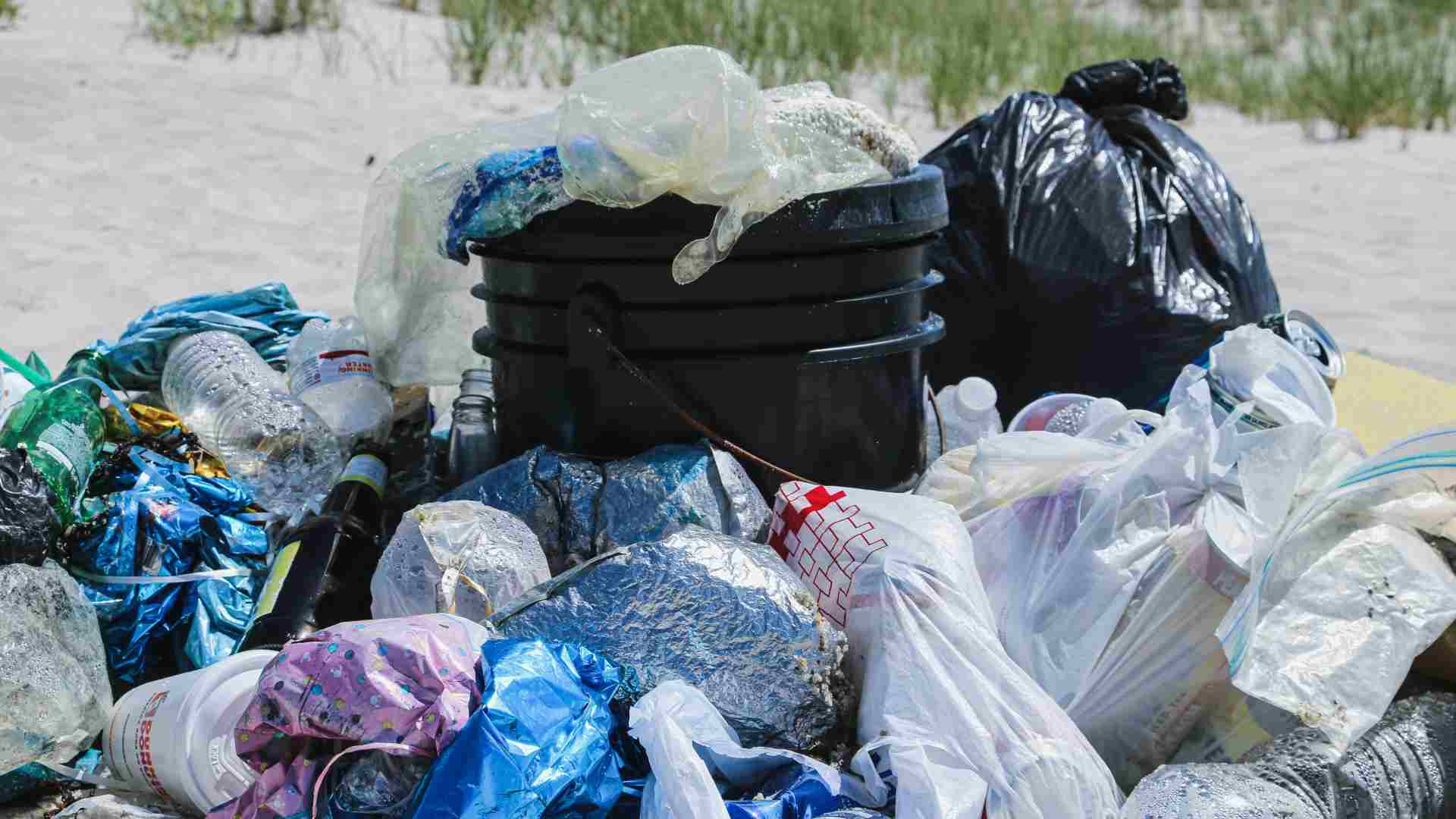
The purpose of a bag ban is to limit the number of bags someone will use when shopping as a consumer.
The idea is to get people used to using fewer bags so that the environmental impact of plastic bags is lessened. The ban in New Jersey took effect in May 2022 and attempted to stop grocery and retailer stores from distributing such a large quantity of plastic bags.
Americans are Huge Consumers of Plastic Bags
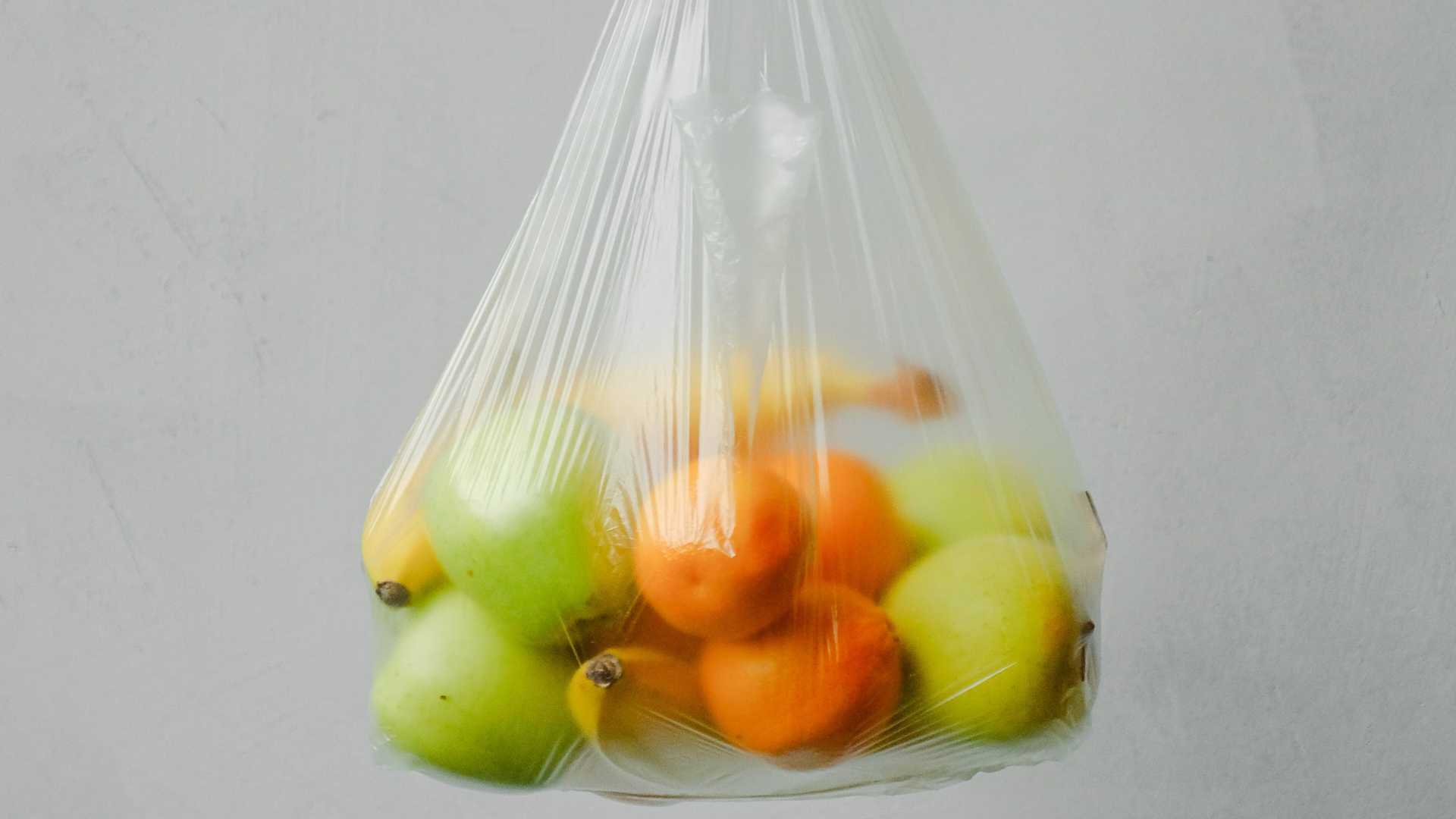
According to the Center for Biological Diversity, the average American uses 365 plastic bags every year.
Since the US has an estimated population of 330 million, that means that the United States alone uses around 124 billion plastic bags annually. The United States is one of the world’s largest plastic consumers, and the true numbers of plastic use are difficult to calculate.
Opinions on Bag Recycling

A public research survey by the Worldwide Wildlife Fund (WWF) found that 81% of Americans wish to recycle more of their plastic waste products than they already do.
However, 77% of respondents acknowledge that many of the products they use regularly contain plastic packaging that is impossible to avoid. 72% of Americans were unhappy with the status quo of much of the plastic waste in the US being dumped into the ocean.
The Problem With Recycling Plastic
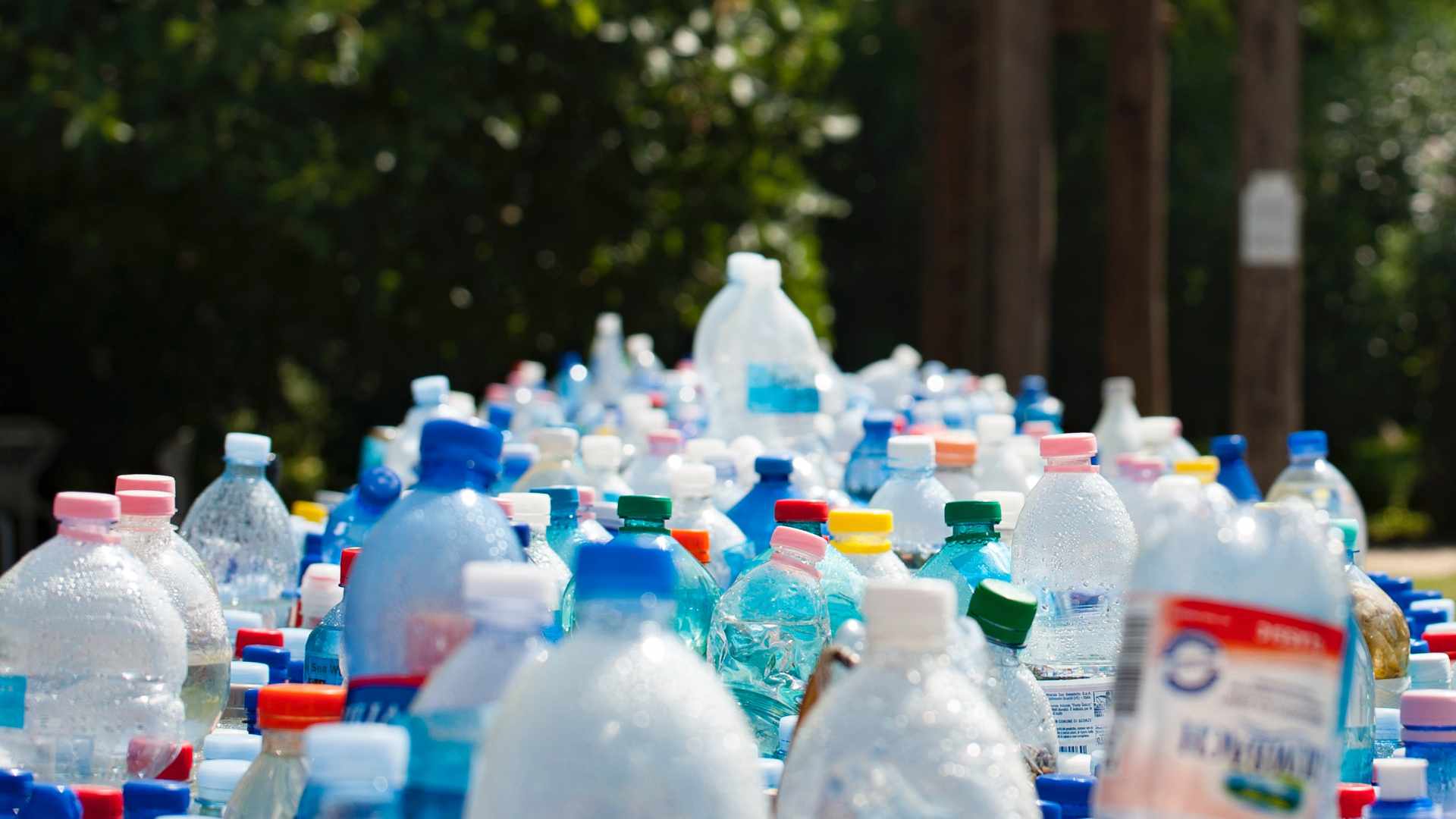
Recycling is an easy solution to propose, but harder to implement in practice. As many as one in seven Americans report not having access to a recycling center near them.
Also, the process of recycling creates a microplastic byproduct that may be worse for the environment and human health in the long run. Sorting through which plastics can be successfully recycled is also a major challenge for recycling centers.
Recycling is Expensive
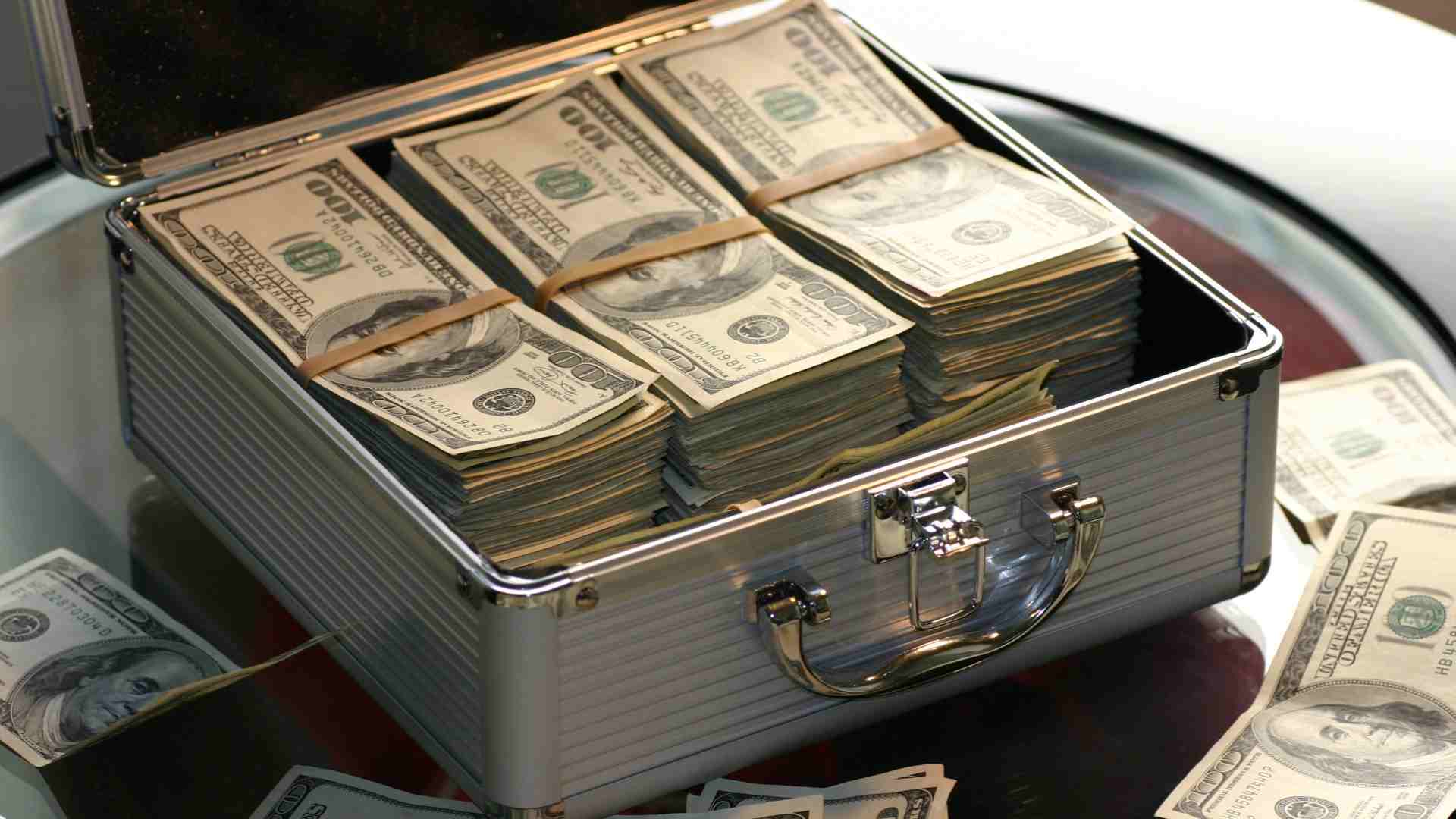
Another huge factor holding plastic recycling back is its cost. In 2022, NPR published an article aptly titled “Recycling plastic is practically impossible.”
In the article, they examine all the factors that limit recycling effectiveness. Waste management experts assert that there are thousands of different types of plastics that need to be sorted, and they are not easily recycled together.
It’s Cheaper Just to Make New Plastic
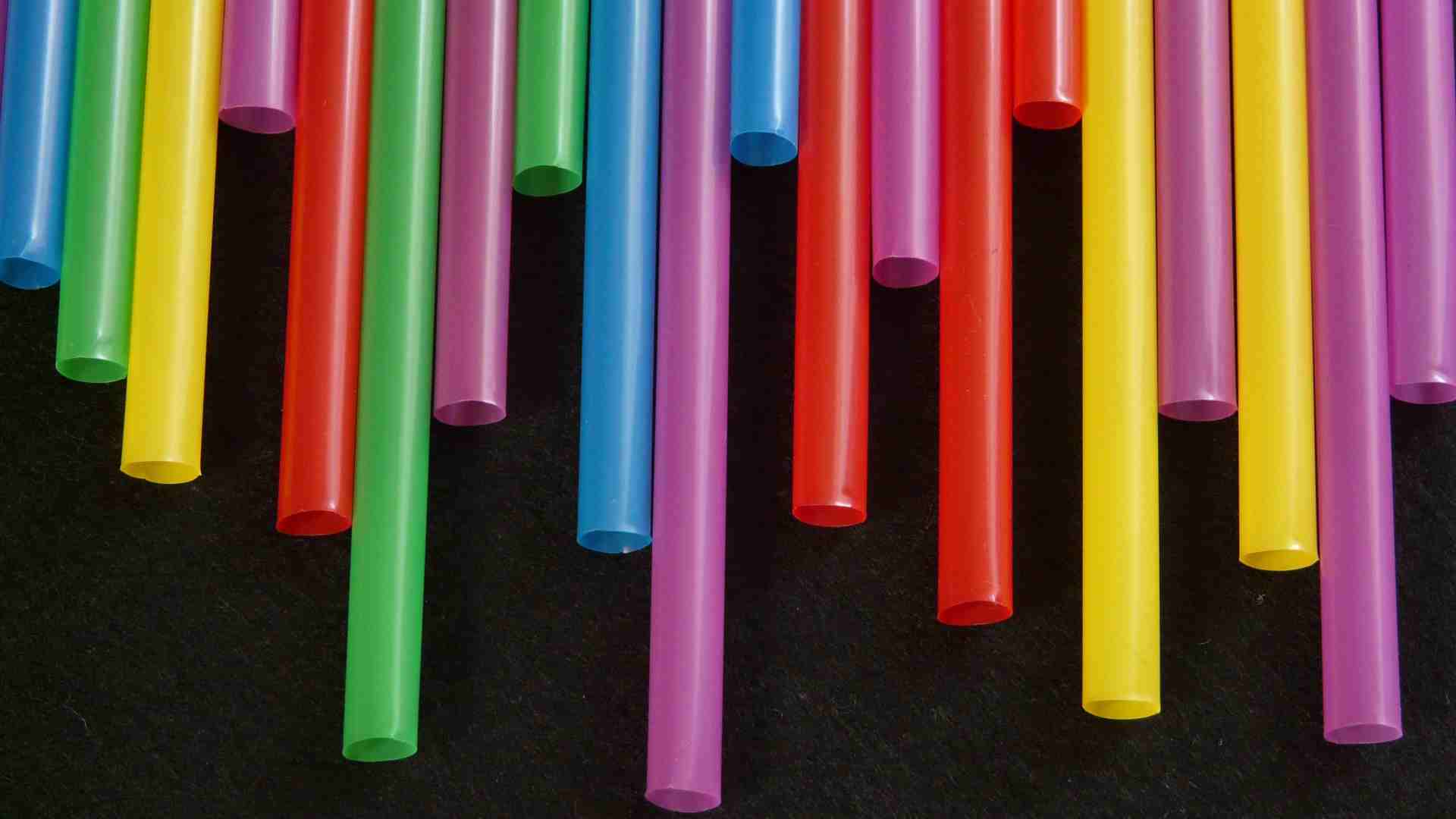
The recycling process has many extra expenses including transportation, energy costs, and sorting logistics that just aren’t present for a plastic producer. The cost gap between making new plastic and recycling plastic has only been increasing in recent years.
In 2022, the Atlantic reported that the Petrochemical industry is rapidly expanding, helping lower the cost of new plastic while recycling remains exorbitantly expensive.
The Economic Boost from Bag Bans
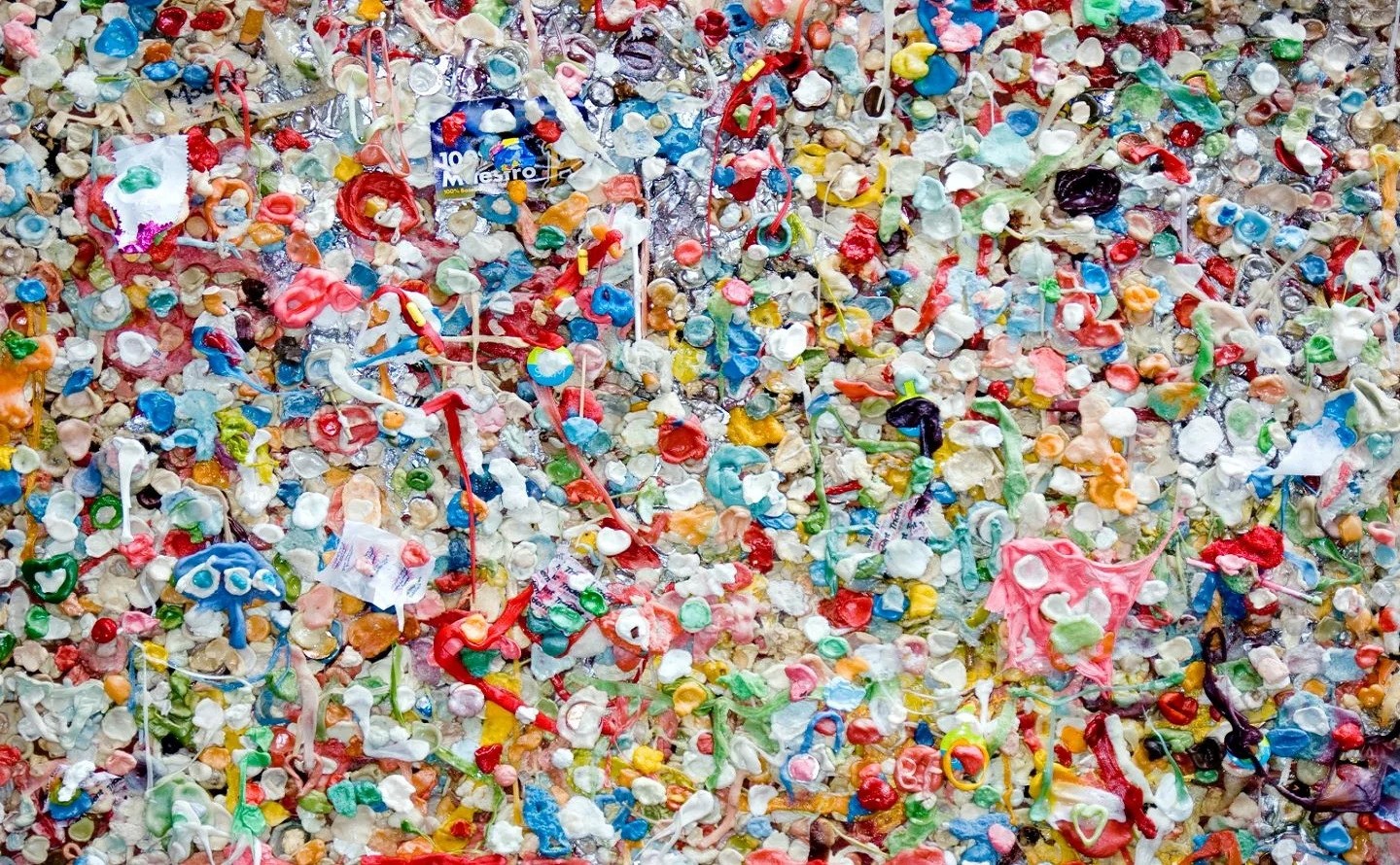
According to the same study, alternative bag sales have grown significantly as costumers replace their ‘courtesy’ single use bags. The outcome shows a grocery store in New Jersey can profit to the tune of $200,000 per location.
One New Jersey retailer made an estimated $42 million off the sales of reusable bags. This is a huge profit increase, while it’s a major hit to consumers, as they continue to “pile up” reusable bags from grocery delivery services. Ones they didn’t ask for, don’t need, and thus might end up throwing away.
What Can Be Done to Address This?
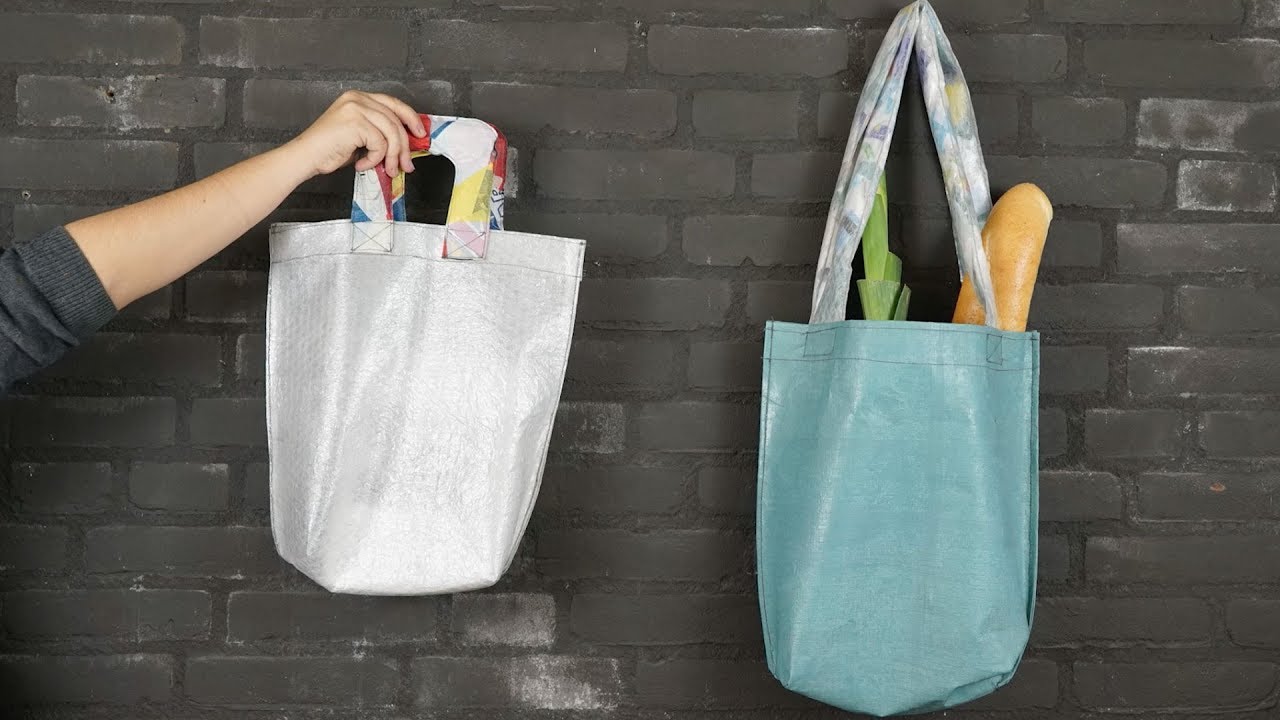
According to Forbes New Jersey Senator Bob Smith told the New York Times “There’s clearly a hiccup on this…” and that he is “going to solve it.”
The reality is the responsibility for success may lie in part with the consumer. Here is a list of many plastic bag alternatives including the problematice reusable plastic bags previously cited. It’s important to note that issues with reusable plastic bags don’t mean plastic bag bans don’t work. It just means that there are also issues with reusable plastic bags.
Environmental Impact of Plastic Bags

Human use of plastic bags is not a problem that will easily go away with time. Plastic does not degrade at a normal rate in the environment because it is a synthetically created product.
Experts estimate that it takes plastic decades to hundreds of years to disappear. In the meantime, that plastic is causing harm to the world’s oceans, wildlife, and ecosystems.
Plastic Bags Contaminate the Soil
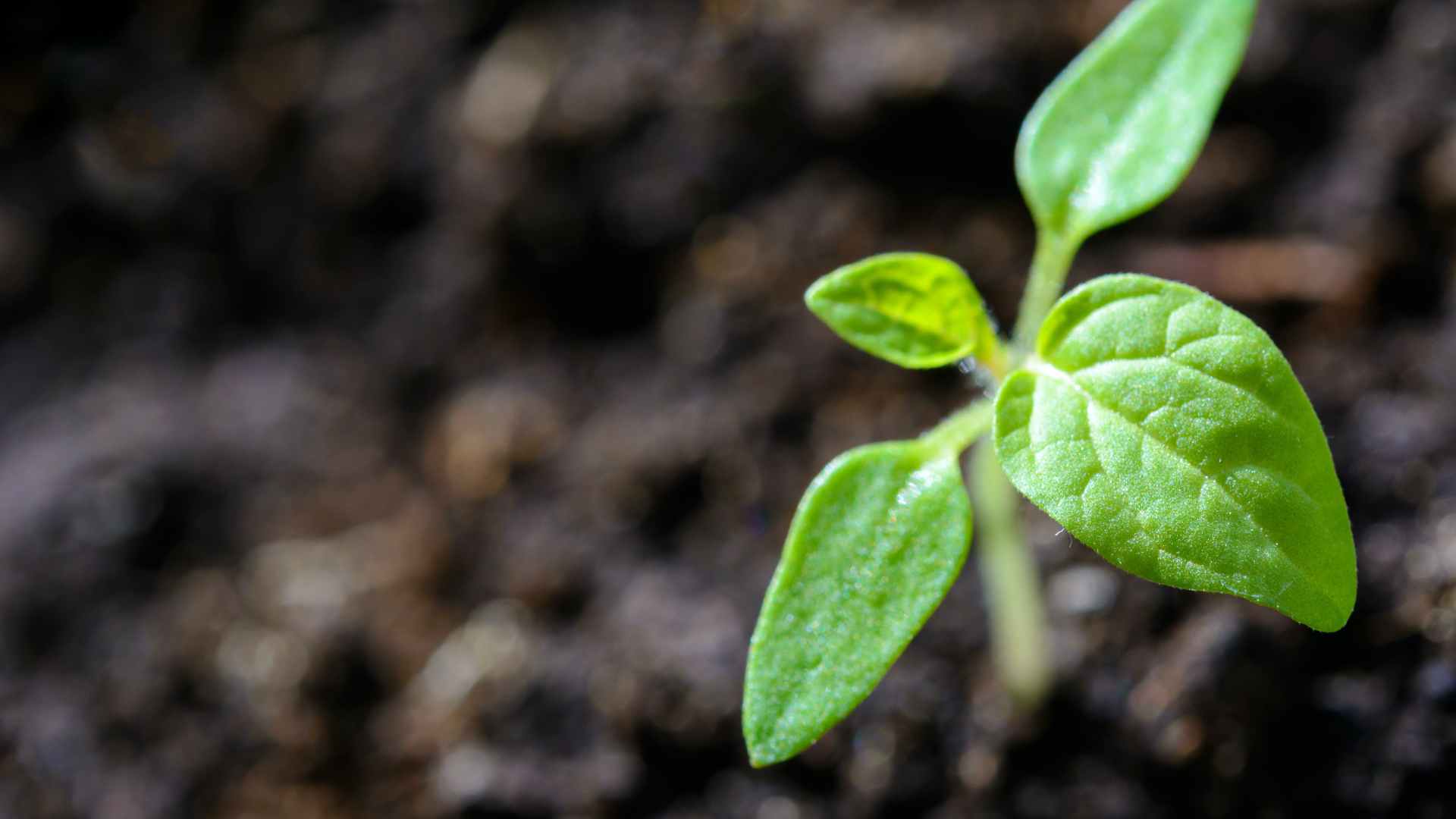
As plastic bags start their degradation process, they start leaching harmful chemicals into the environment around them. One example of this is America’s soil. Decaying plastic will contaminate the soil with tiny plastic fragments called microplastics.
Researchers have shown these microplastics to have negative health effects and are the cause of different diseases. Microplastics have consequences for the human endocrine and reproductive systems in particular.
Climate Change and Plastic Bags
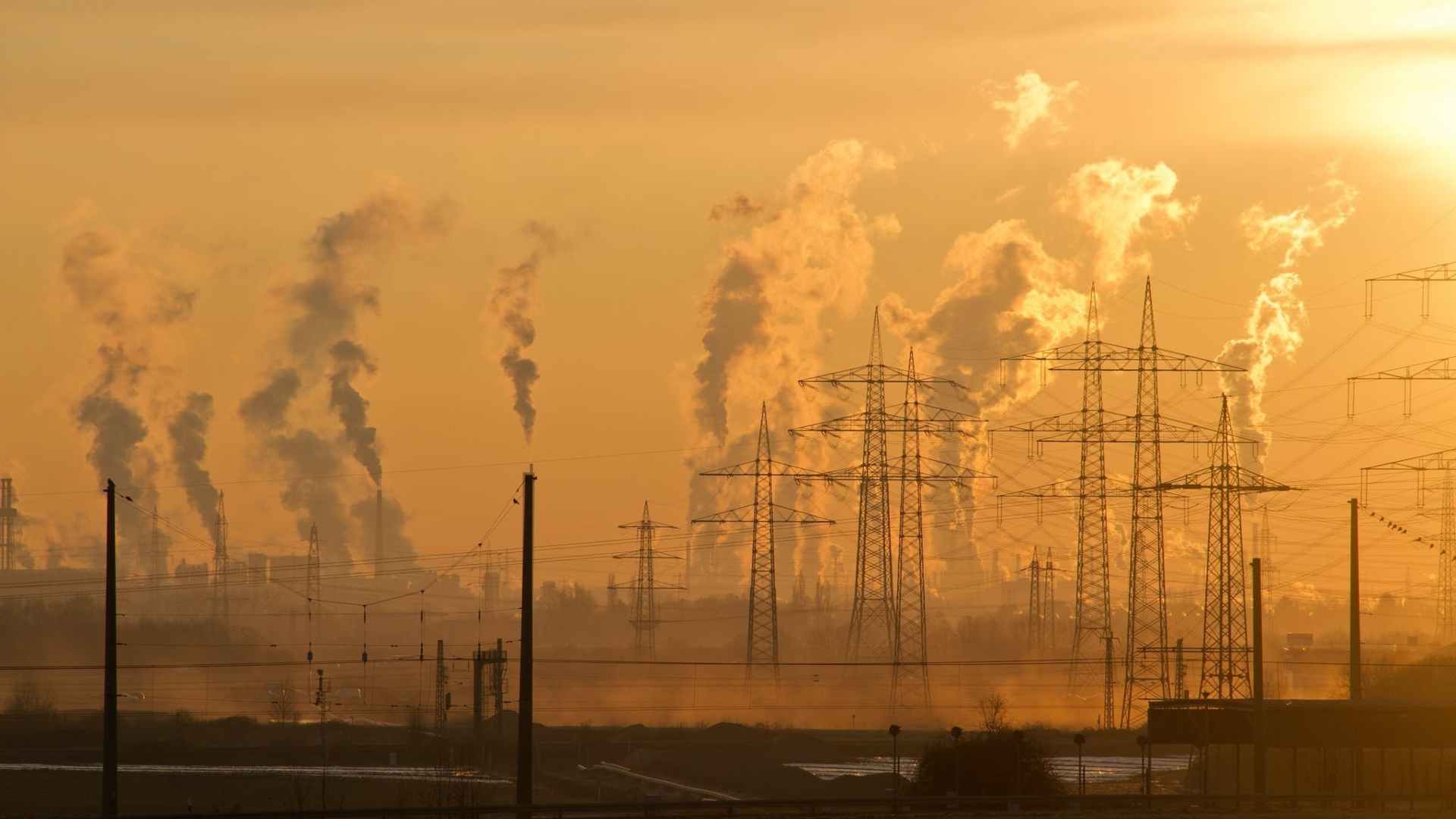
It may seem unlikely to some, but plastic bags have a direct negative impact on the problem of global warming and climate change. The process of making plastic relies on the creation of greenhouse gases, which trap heat in the atmosphere, leading to an increasing global temperature.
CNN reported in 2022 that the plastic industry contributes around 232 million tons of greenhouse emissions every year.
The World’s Oceans are at Risk
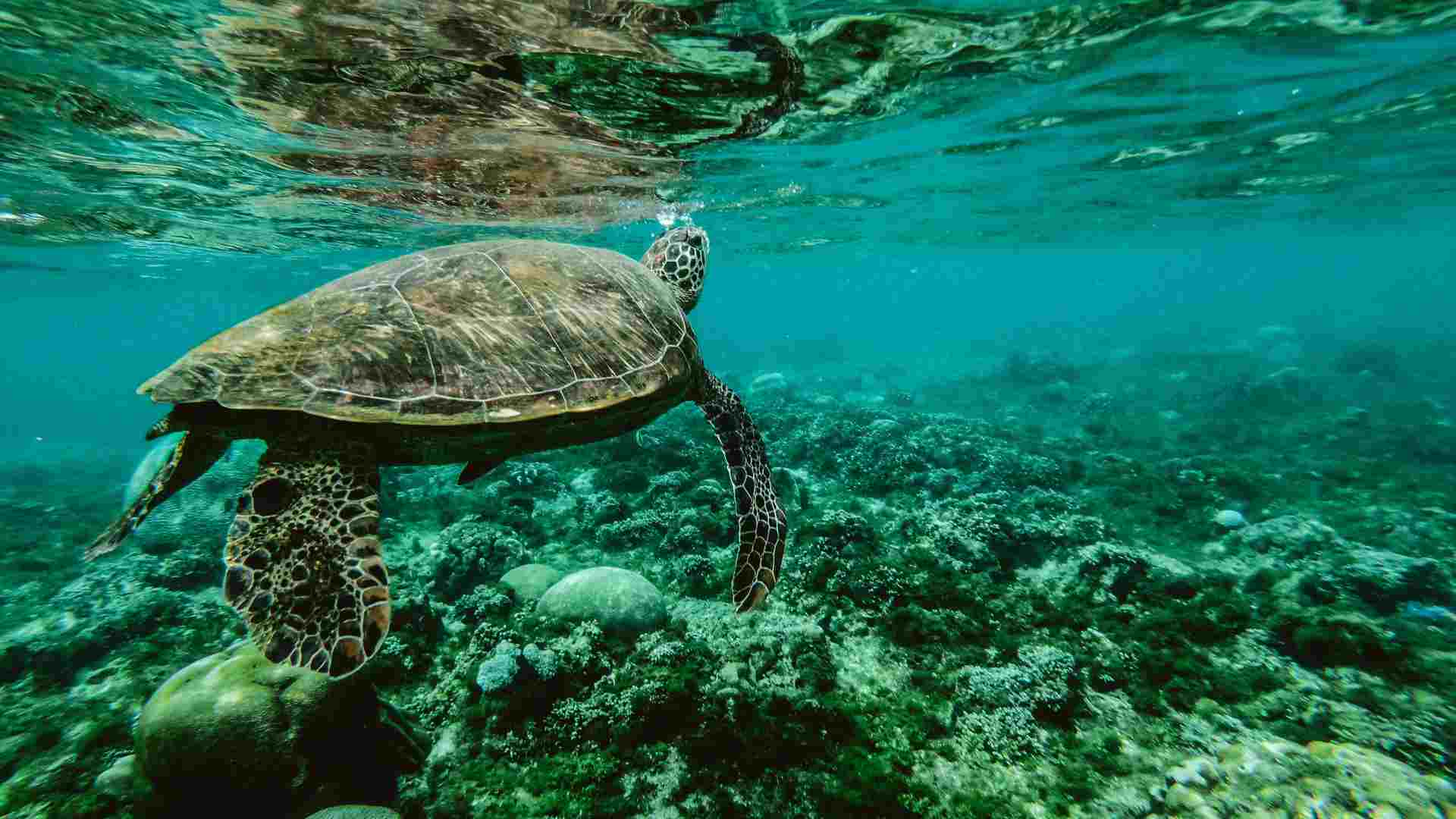
Oceana, an environmental protection organization, estimates that 33 billion pounds of plastic are dumped into the ocean every year. Plastic bags cause huge issues for sea life, who can get tangled in the plastic and suffer adverse consequences.
Fish can become tangled in a plastic bag and suffocate or starve. Sea turtles may also mistake plastic bags for jellyfish and ingest them, which can cause blockages in their digestive system.
Do Plastic Bag Bans Work?
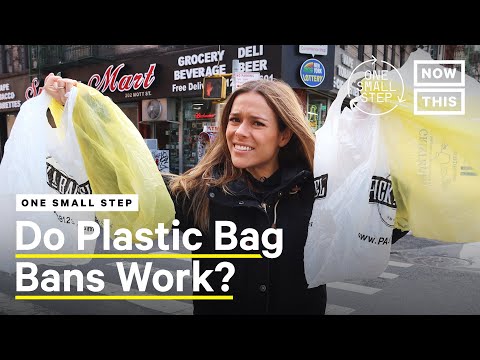
Absolutely. For one the issue with plastic bags goes far beyond greenhouse gas emissions associated with their creation. They cause additional litter, create harmful microplastics linked to many health issues, and kill wildlife. There is a nonstop stream of studies showing how many ways single use plastic bags harm us.
So what other solutions exist if we know single use plastic bags are harmful and we know that the popular alternative, boosting revenue for stores, is also problematic?
Banning Reusable Plastic Bags
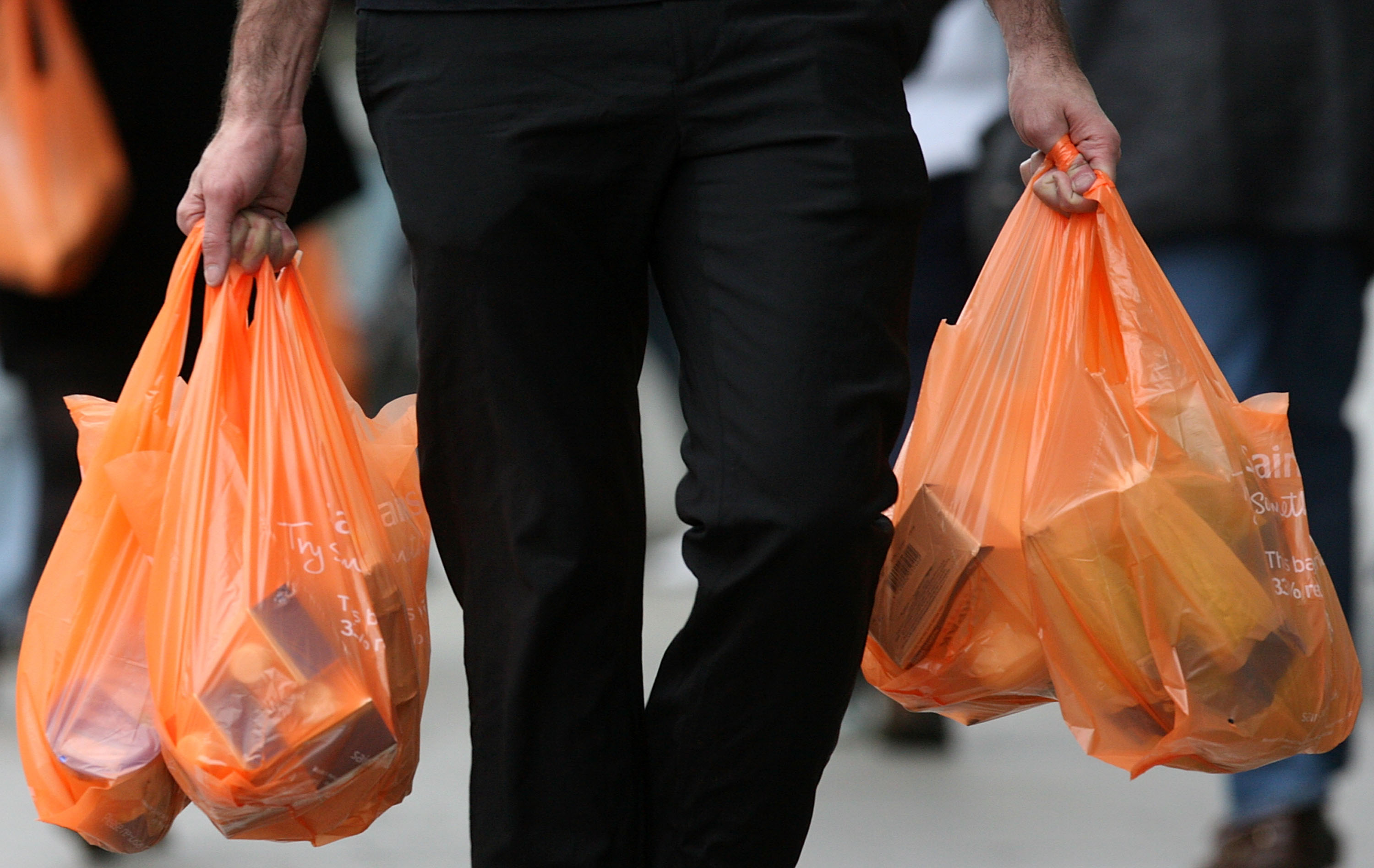
Plastic bags of all kind should likely be banned to address the bigger issues. They are hardly “reusable” and are just made out of more plastic contributing more to the underlying problems.
Is it really feasible to ban reusable plastic bags too? Probably not. The first major single us plastic bag ban was in California in 2014 and it faced major opposition from powerful lobbies. With the money that rolls in from the sale of reusable plastic bags, a ban of them isn’t anywhere near on the horizon.
How Covid-19 Crushed the Plastic Bag Initiatives

In 2020 when covid-19 concern hit it’s height in the United States the plastic bag business made a big move, encouraging customers to use single use plastic bags to avoid the germs and contamination supposedly associated with reusable alternatives.
Is it a legit point? According to the New York State department of health there are some potential concerns related to reusable bags, but nothing some commons sense and awareness won’t protect you from. Of course we also later would learn that Covid-19 wasn’t transmitted by surfaces at all, making the reusable bag argument as it related to Covid-19 meaningless.
The Pandemic’s Effect on Plastic Bags

As the world locked down to protect itself from the pandemic, the isolation had the unfortunate consequence of increasing demand for plastic bags. People could not sit down to eat at restaurants, so they would order more take-out and delivery meals.
In 2021, CNBC reported that Covid-19 made the problem of plastic much worse. Many companies that were making progress on reducing reliance on plastic bags had to take several steps back.
Recycling Numbers are Not Good News

Only 5% of plastic waste the United States created in 2021 managed to get recycled, according to The Guardian.
One of the issues is that many types of plastic packaging do not meet adequate recycling standards. This includes the type of plastic that people use for their to-go orders from restaurants and pick up at the grocery store. Many of these plastics are too dirty to recycle, making the creation of them offer no hope to solve the current crisis.
Did California’s Bag Ban Help?

In many ways it did indeed improve matters. A coastal cleanup in 2010 prior to the bag ban involved the removal of 65,000 bags while the same process in 2016, 2 years after the ban, resulted in 24,000 bags being picked up.
But the news isn’t all good. In a CALREcycle study it was noted that in 2004 Californians threw away 147,038 tons of plastic bags for a population around 35 million. In 2021 with a population of 39 million the plastic bag disposal rose to just over 231,000. This is not good progress at all.
A Price Increase on Plastic Bags or a Total Ban?
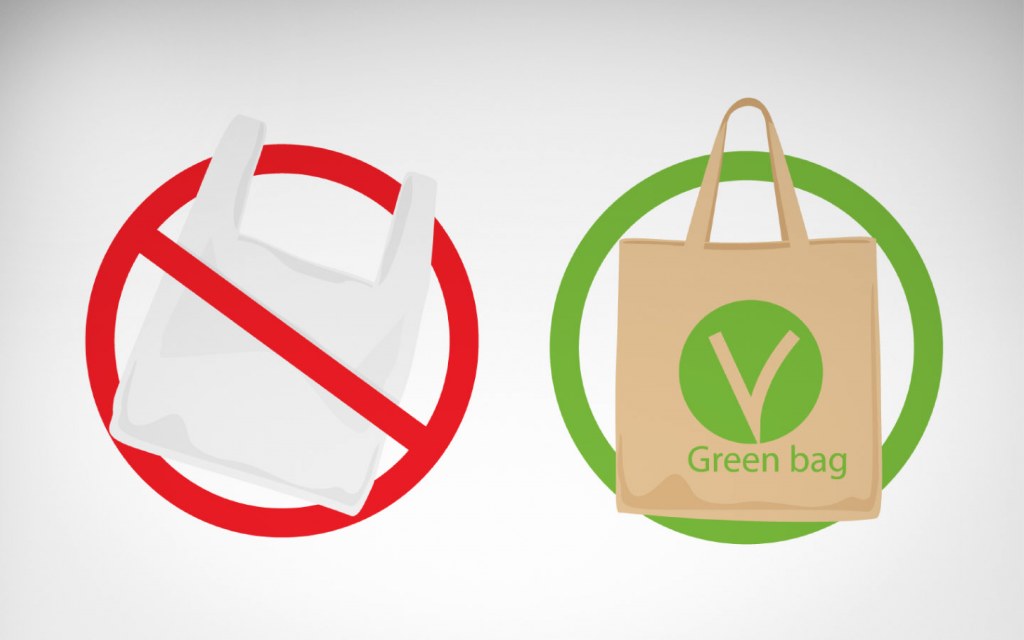
In California the strategy was to charge for bags, unlike New Jersey where the law is a total ban on single use plastic bags. What’s more effective? Should California try raising the cost of the bags or ban entirely?
Some believe the answer is to focus on consumer education. Things like reminding people to bring their own bags, recycle the disposable bags they may use properly, and generally apply more intentionality to the process. The laws themselves aren’t going to be effective enough.
How Big is the Bags Problem?
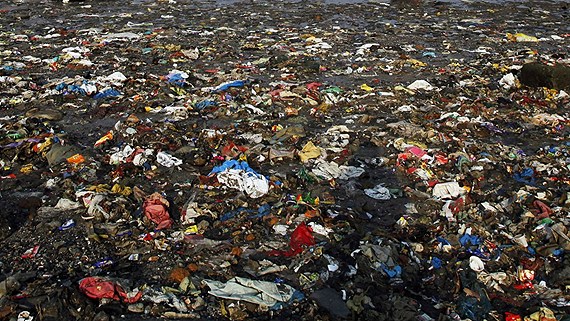
Consumers often wonder if these types of bans or laws are really important or really impactful outside of creating some frustration and annoyance. See the plastic straw memes, for example. When we look at plastic bags in the larger scale of issues facing the world due to climate change they are just one small piece of a large puzzle.
‘Generating power’ is listed as one of the most significant causes of climate change, with the ‘manufacturing of goods’ coming in behind that. Plastic bags fall under the manufacturing of goods category certainty. But there are plenty more problems as well.
Should We Worry About Bags When…
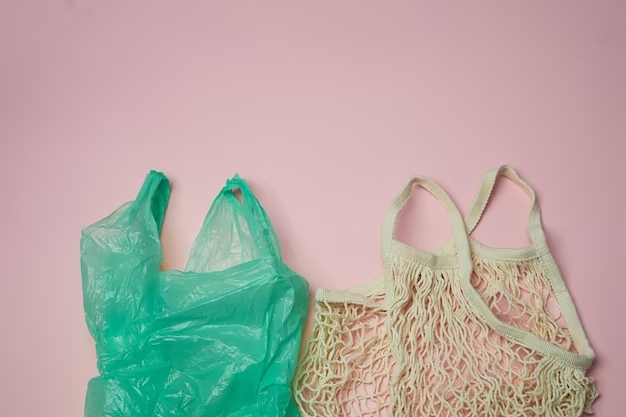
The general adage is every little bit counts. That said it can be hard to be motivated to spend more money and be inconvenienced when we know one celebrity fueled private jet absolutely dwarfs those individual efforts.
The short answer is yes, and the uncomplicated way of looking at what starts to seem like a complicated picture is actually pretty clear. There is a simple standard to live by regardless of the laws or bag types.
Just Reuse the Bags You Have As Much As Possible
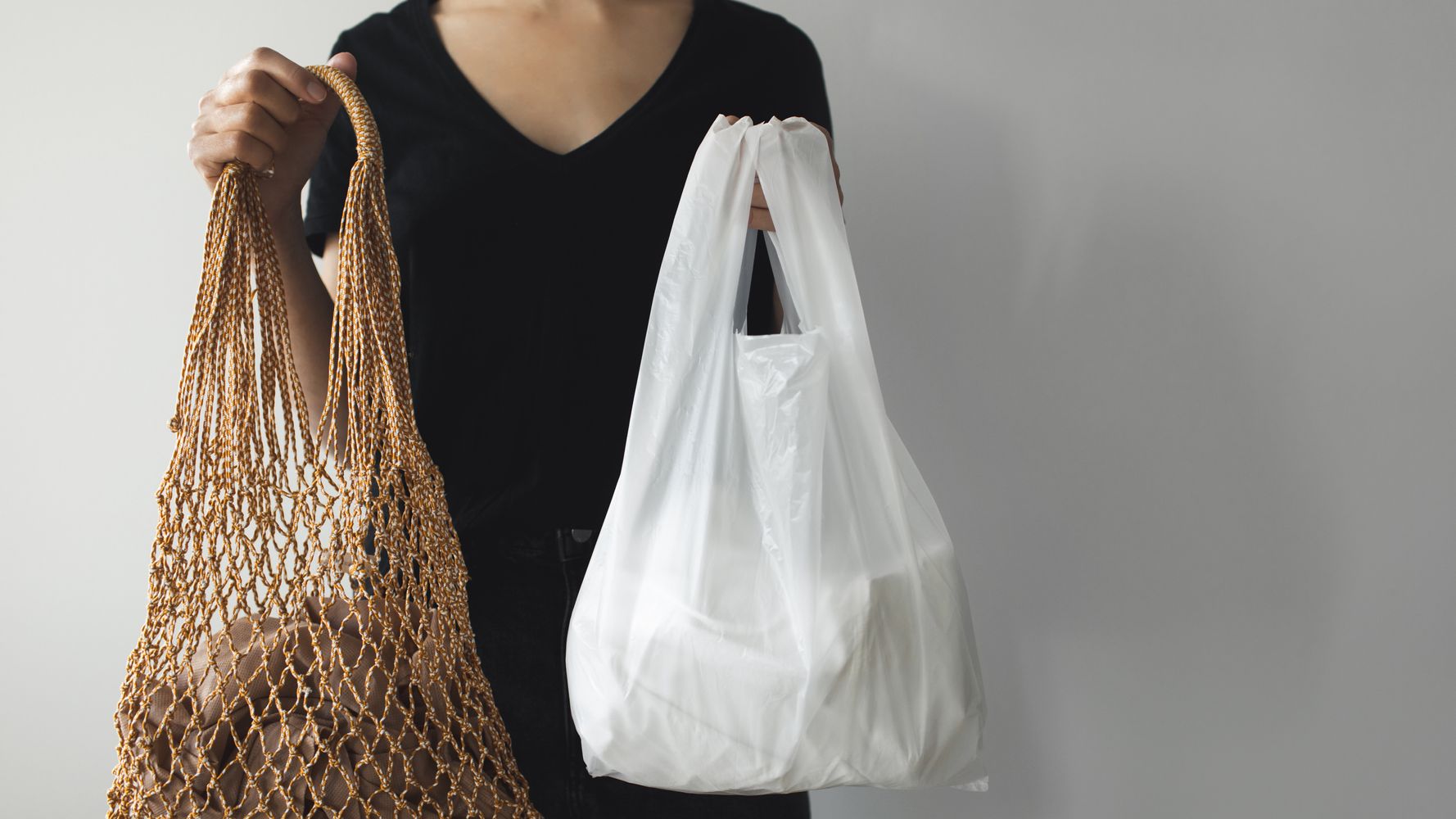
Bottom line, whatever bags you have you should put to good use. Try and maximise their ROI by using them in a multitude of ways as many times as possible. The longer you do this without recycling them or getting rid of them the better.
You will end up saving money, and limiting environmental impact across the board if you do this. So what seemed complicated and annoying can actually become quite simple in the hands of the consumer.
